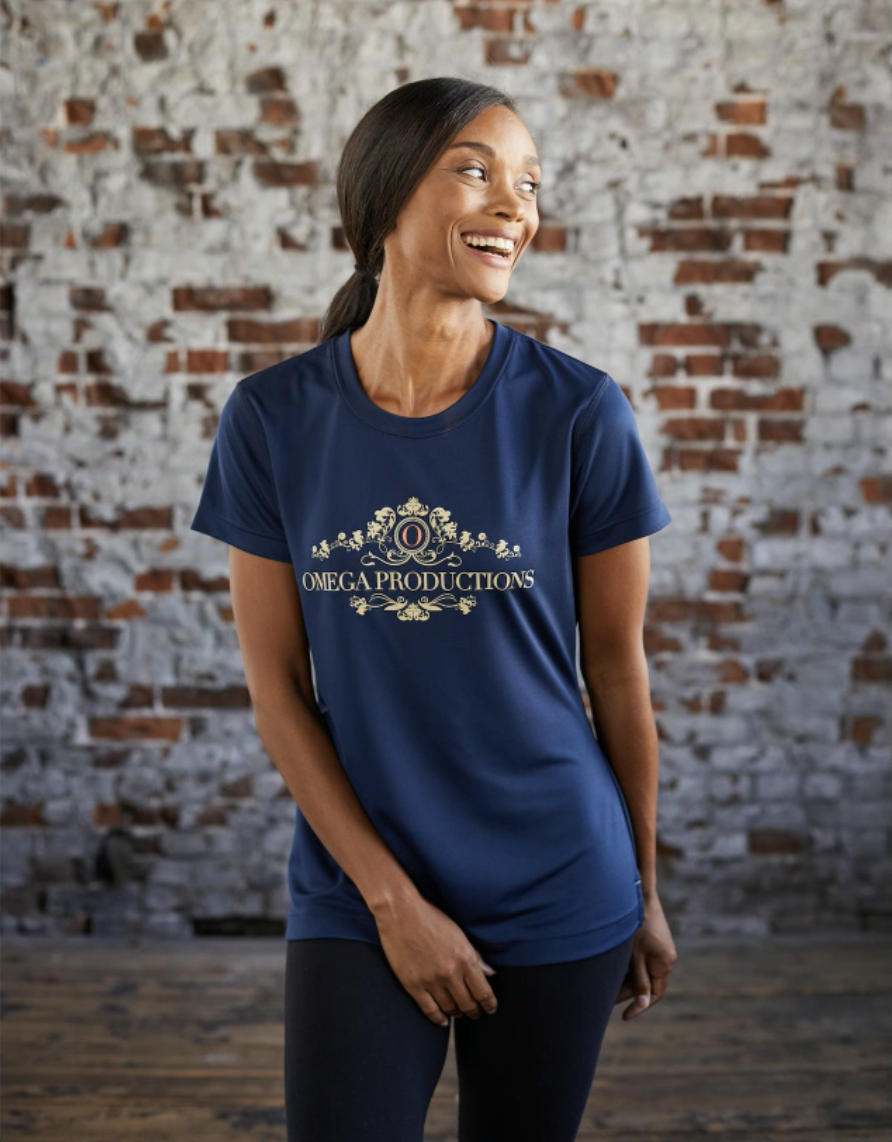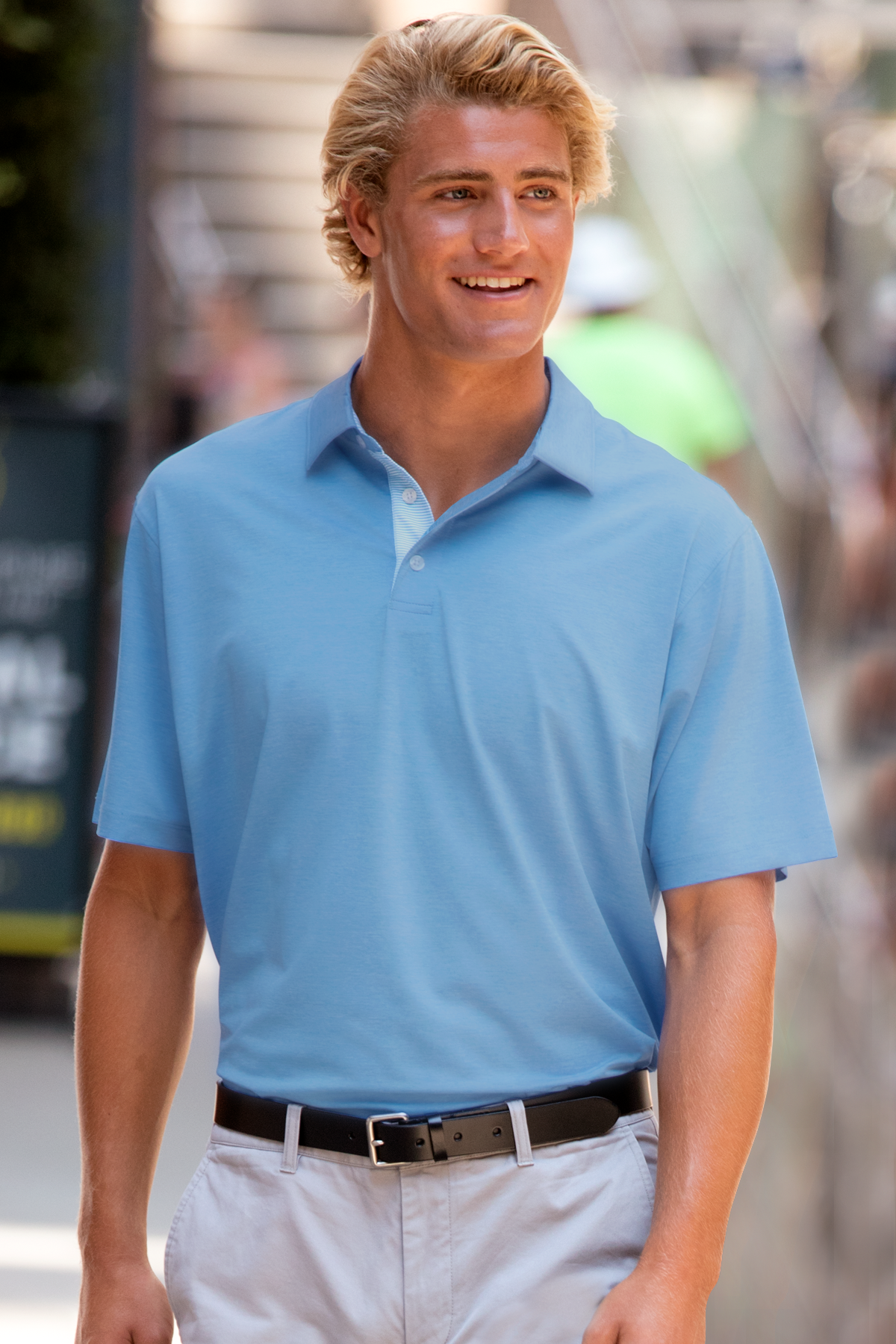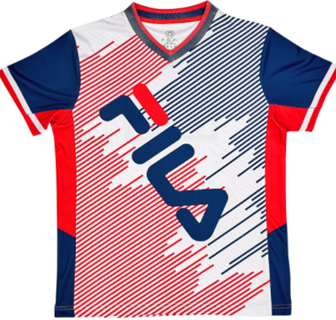It’s been almost 11 months since our industry—and many others—made the drastic change from working in office to working mostly from home. With the exception of certain positions, employees have had to relearn how to do their jobs, relying on virtual platforms, video conferencing or apps that completely replaced in-person interactions. That has brought with it plenty of challenges (like finding that pesky unmute button), while hurting demand for several major promotional apparel categories.
But there’s one category that has remained relatively strong. Since remote work means that employees can opt for more comfortable, athleisure-type clothes, athletic and performance apparel keeps selling. Wardrobes have completely changed, and clothing you once wore strictly for exercising is now a typical work-from-home outfit. Sure, sometimes you have to look a bit more professional for a Zoom call, but for the most part, casual styles are the norm. That has translated to promo demand.
“We’ve actually seen an increase in athletic apparel as distributors have pivoted to work-from-home kits and employee wellness-outside-of-the-office programs for their end-user customers,” said Josh Appelbaum, vice president of apparel for Hit Promotional Products, Largo, Fla. “We expect this trend to continue through at least Q3 of 2021 as we see transitions in the work-from-home category.”

Athletic apparel isn’t just for athletic use anymore. Today’s styles are designed for anytime wear.
“I think one of things we’ve seen from this category is that athletic apparel does not have to be sporty,” added Appelbaum. “It’s now become a category for the masses. It’s everything from youth team sports all the way to high-end fashion retail and literally all points in between.”
Here, Appelbaum and three other apparel suppliers—Jamie Allen, marketing director for HeadToToe (HTT), Murrieta, Calif.; Gina Barreca, director of marketing for Vantage Apparel, Avenel, N.J.; and Larry White, director of sales-ASI/SPE at OMNi Apparatech, Grandview, Mo.—shared some leading trends in branded athletic and performance apparel, as well as some tips for increasing order value in this category.
Product Trends
Even with athletic apparel now mostly designed for anytime use, performance remains a top consideration for wearers. You may be wearing those leggings only around the house, but you always want that option for yoga, just in case.
“We’re seeing and selling a ton of tri-blends in the space—100% sporty polyester is no longer the gold standard of athletic wear,” Appelbaum said. “We’re officially in the age of blended garments with performance elements ruling the space. Blended materials (such as tri-blends) offer more universally ‘wearable’ wearables to the consumer-scape. Not every body style looks and feels great in a poorly fitted, 100% polyester tee. We’re making performance for everyone now. Literally. I personally love to see it.”

“I think lightweight, flexible and breathable fabrics and any type of wicking or anti-odor treatments are what most athletic consumers are looking for,” said Allen. “They are popular because [of] how they perform while being worn.”
According to White, other trends to note are things like “100% microfiber with high yarn counts, UPF ratings of 40-plus, superior moisture-wicking transport performance and snag resistance.” And even though it’s technically winter, sun protection is crucial year-round, making UPF-rated apparel a popular choice.
Standing Out
Athletic activities have certainly slowed down over the last year as indoor exercise and close contact remain mostly off limits, but some suppliers are still seeing an increase in demand for athleisure styles due to the aforementioned work-from-home bump. According to Allen, the key to a successful athletic and performance apparel promotion is finding a way to make each piece stand out.
“We all know the Zoom is in our life right now and most of us live in this type of clothing,” she said. “With our custom cut and sew FSP program, it allows you to create a sort of billboard piece using sublimation so that it may stand out while you are making those Zoom calls. It’s a real conversation [starter]—our new built-in gaiter performance tees and hoodies, [for example].”

Barreca shared several factors that can help take an athletic or performance apparel item from good to great and generate more marketing impact for customers.
“Decoration is a differentiator—we’ve been recommending our customers promote larger left chest logos that are more visible during video conferencing, and for certain styles and logos suggesting higher shoulder seam placements,” she said.
“Sustainable [and] eco-friendly products and items with a give-back are also doing very well,” she continued. “In 2020, Vantage launched a collection of performance-based items made with high-quality Repreve recycled polyester. These garments all have the moisture-wicking and stretch characteristics of our Vansport products, but utilize less natural resources than garments manufactured with virgin poly. Our Earthwise collection saved 180,000 plastic water bottles from finding their way into our world’s oceans.”
Retail Look and Feel
Those areas aside, there are other ways to increase the value of your athletic and performance apparel orders. A big one is creating a retail-type experience for the end-user through polybagging, special hang tags and even packaging upgrades. Presentation can make a major difference in perceived value.
“I’m a big proponent of the retail fold and package,” said Appelbaum. “My friend (and former boss) Joel Freet (CEO of Cutter & Buck) was really big on all things presentation. I feel like we’re moving toward trendier presentation in this industry and within this category. At Hit, we’re known for our special pack and drop-ship capabilities, and it’s an offering (polybag, tag, sticker, special packaging) that I’m incredibly proud of.”

Barreca noted that in addition to offering value-added services like individual folding, polybagging and retail-quality hangtags, Vantage Apparel’s Earthwise collection is shipped with Repreve brand identification and 1% for the Planet tags.
Adding decoration to the packaging—printing on the bag or box, for example—also contributes to the retail feel so many customers now expect. Many suppliers now offer options like this in-house, streamlining the process.
“Packaging can get tricky when having to ship an item,” said Allen. “So, I always recommend a custom-printed polybag on the supplier side to save on shipping cost. Most apparel pieces, at least through HTT, already come individually polybagged, so the cost to add a logo/imprint on the bag is very minimal.”



